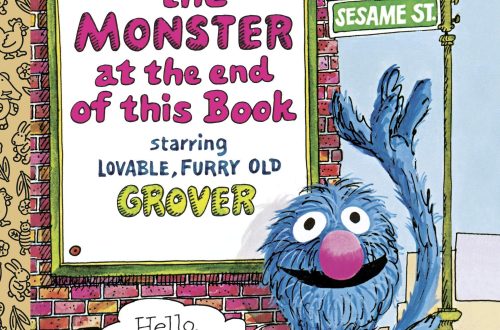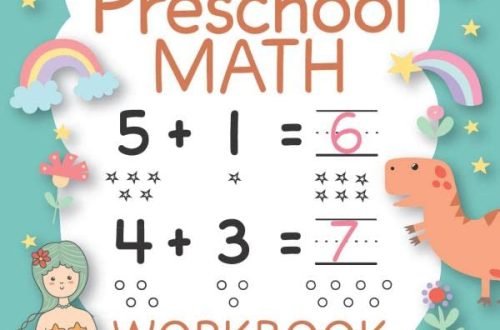
Celebrating the maternal ‘instinct’—in everyone– Nested Bean
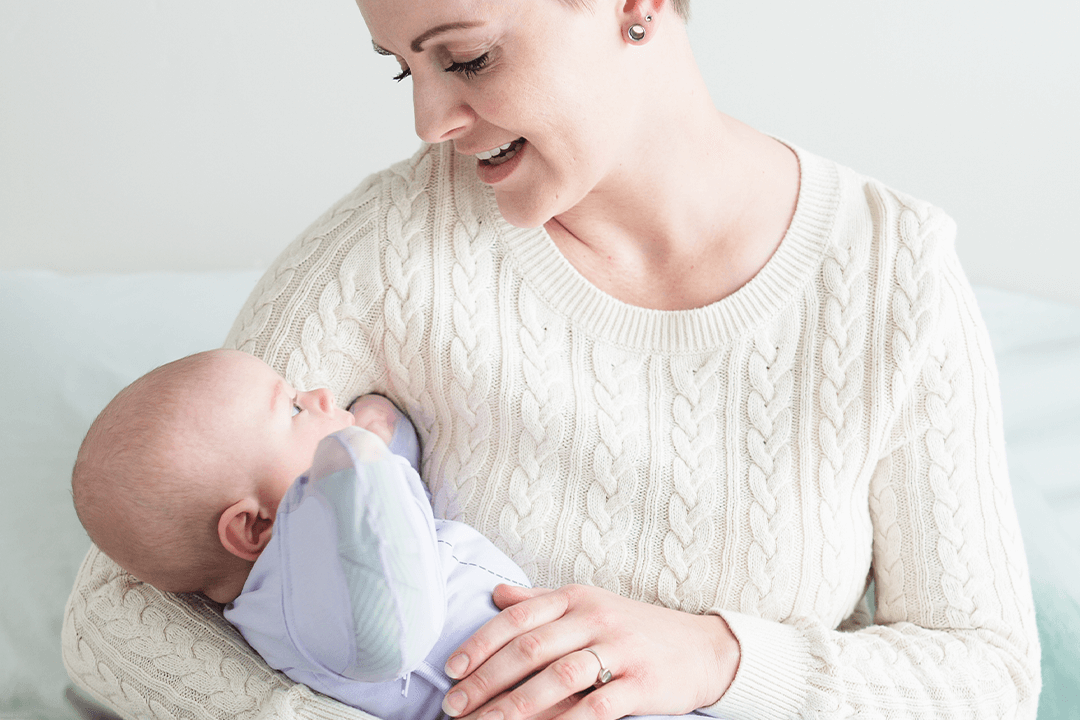
We’ve all heard of the ‘maternal instinct’, but does every mom really have a built-in baby guide? Here, we’ll talk about the natural reflexes that newborns have from birth, and actions parents perform that can strengthen their natural bond.
The ‘maternal instinct’: most moms are taught they’ll naturally have it – they’ll just magically know how to parent when the time comes. So why does a tiny, helpless baby often seem so daunting?
Truth is, research shows that what we call ‘maternal instinct’ is really more of a process—the evolution of a natural response in parents, as they become increasingly attuned to their baby’s instinctual cues.
As we head into Mother’s Day, let’s look at how this ‘maternal instinct’ evolves, and celebrate the love, attention, and time all parents put in to ensure their babies have the very best head start in life.
Understanding newborn reflexes
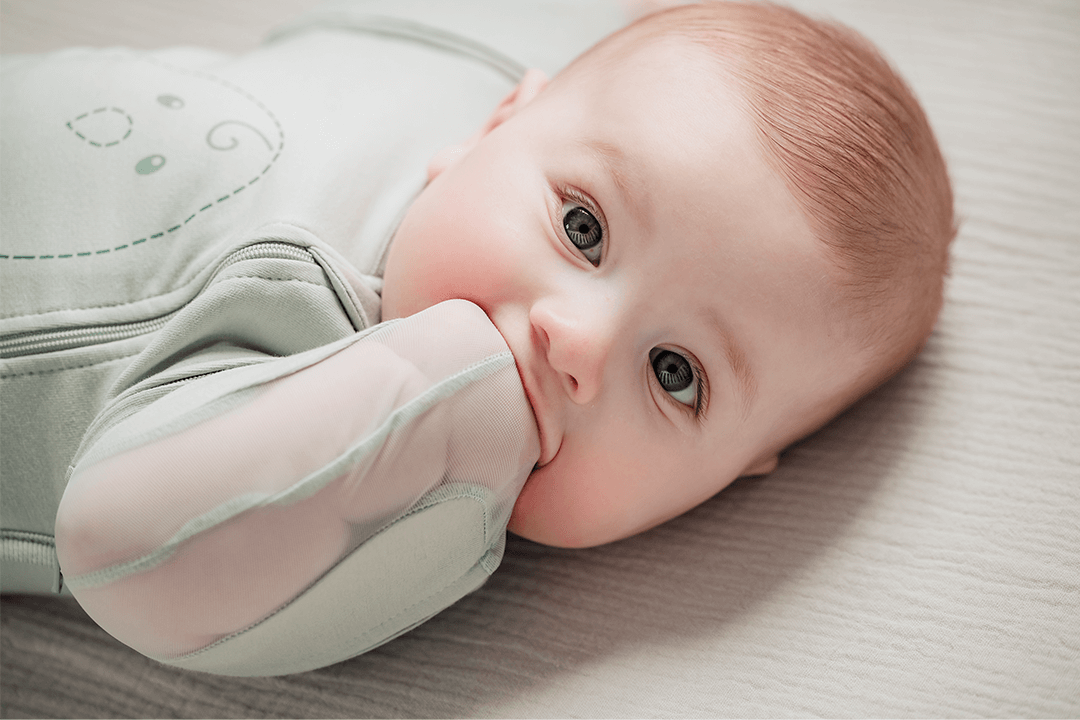
First, let’s start with the normal reflexes that newborn babies have, from the Moro reflex to the grasp reflex. Reflexes occur for a range of reasons – if you see your baby sucking her toes or her fingers, or flailing out her arms unexpectedly, a reflex is the likely cause!
These reflexes might seem strange at first if you’ve never seen them before, but they’re perfectly normal – and can help contribute to the development of your own natural caregiving responses!
Moro reflex
The Moro, or startle, reflex is the natural instinct that occurs when your baby feels startled or as though they’re about to fall. It is present immediately from birth, and usually goes away after the first couple months of their life. During the Moro reflex, your baby will stretch out their arms and legs suddenly before curling them back in again – if this happens when your little one is asleep, it might lead to a wakeup.
The Moro reflex can be scary for babies, so you may need to calm them if they seem distressed. Swaddling can also be a great way of preventing the reflex from waking your little one – here’s what Linda Rogers from What To Expect has to say on the topic:
Swaddling is the art of wrapping your baby up in a blanket so he looks like a tiny burrito. A tight-but-not-too-tight swaddle keeps him from flailing his arms and legs so he sleeps more soundly.
You can get a swaddling tutorial at the hospital or online, or make it easier by buying a swaddle blanket with Velcro tabs. You can also opt for a sleep sack or a sleep/swaddle sack instead for naptime and bedtime. Just be warned: Not all babies like being confined, so some take to swaddling better than others.
And remember you’ll have to stop swaddling if your baby is wriggling out of the blanket or showing signs of rolling over (usually around the 3- to 4-month mark), as it can pose risks for your little one.
If you find that your baby is regularly experiencing Moro reflex related wakeups, or just want to be prepared, you can try swaddling with our Zen Neo! With stretchy fabric to keep your baby snugly swaddled, the Zen Neo ensures your baby’s arms stay tight to their torso, lowering the chance of wakeups from the startle reflex. It’s also simpler to use than traditional swaddle blankets – with a two-way zipper, nighttime diaper changes are a breeze!
Rooting reflex
The rooting reflex is an essential reflex that helps your baby nurse successfully. It causes them to turn their head if something brushes against their cheek or their mouth – an instinctual move that helps them find a nipple to latch onto.
This means that if something like a blanket or hand brushes against your baby’s mouth or nearby, their rooting reflex can be activated inadvertently. So, if you’ve found that your newborn seems to snuggle toward objects placed near them, this reflex is most likely the reason!
Your baby’s rooting reflex will start to disappear at around four months of age, long before you’re likely to stop breastfeeding your baby. You might also notice the hand to mouth reflex in conjunction with this – which is why babies suck their thumbs!
Sucking reflex
The sucking reflex develops when your baby is still in the womb, like the tonic neck reflex, and goes along with the rooting reflex to help your baby nurse. It comes in two stages: the first means that your baby will suck whenever a bottle or nipple is placed into their mouth, while the second makes them move their tongue in order to express milk from the nipple.
If your baby is premature, you might find that they have an immature sucking ability – this might mean that they’ll need to receive nutrients from a feeding tube in the hospital while they grow and develop this reflex.
Grasping reflex
Your baby’s grasping reflex develops in utero and is the instinct that causes your little one to grasp their fingers around something placed in their palm – and therefore the reason for many adorable newborn photos! There are a few ways that you can activate your baby’s grasp reflex: stroking their palm or placing a finger in their hand is usually foolproof.
The grasp reflex lasts until your baby is around six months old, at which point they won’t need help from instincts to hold your hand; they’ll be doing it all on their own.
Facial and vocal recognition
From as early as two months old, your baby will be able to recognize the face of their primary caregiver and start to recognize other people and objects from a distance by the time they’ve reached four months.
Because of this new ability, this is also the age at which babies start to develop separation anxiety. This can be distressing, especially if they cry as you try to leave for work or other obligations, but don’t worry – this reaction is a natural sign of their attachment to you that will likely calm down as they age.
Hormonal changes during pregnancy may start the process for birth moms…

Though you spend a lot of time during pregnancy gearing up for the arrival of your baby, there are plenty of changes that take place and attachments that are established before your due date.
Hormonal shifts in pregnant moms
You won’t need to be told this if you’re currently carrying your little one, but pregnancy sends your hormones on a rollercoaster! While many of these are in aid of helping your baby grow, others help you form an attachment before your baby has even arrived – specifically, oxytocin during and after labor. Here’s what the Society for Endocrinology has to say on the subject:
The hormone oxytocin plays a key role in labor. Often called the ‘love hormone’, oxytocin is associated with feelings of bonding and motherhood. This is also true of another hormone released during labor called prolactin.
If labor needs to be induced (brought on artificially), oxytocin or a synthetic oxytocin equivalent is often administered to ‘kick-start’ the process. Oxytocin levels rise at the onset of labor, causing regular contractions of the womb and abdominal muscles.
When the baby is born, oxytocin continues to contract the womb in order to limit blood flow to the womb and reduce the risk of bleeding, and to help detach the placenta (which is delivered shortly afterwards). Blood levels of oxytocin and prolactin are very high, which supports bonding between the mother and baby.
Skin-to-skin and eye contact between the mother and baby also stimulate the release of oxytocin and prolactin, further encouraging bonding. Many mothers describe being in a euphoric state just after labor; this is due to the effects of oxytocin, prolactin and beta-endorphins
Nesting behaviors
Many expectant mothers find that toward the end of their pregnancy, they get the urge to start preparing for their baby’s arrival, usually by creating the perfect environment to welcome their little one into the world. They might find themselves cleaning or organizing, for example, or making sure that every item on their baby registry has been accounted for.
Some women even find that nesting is a sign that labor is close – but this isn’t true of everybody, so don’t panic if you’ve found yourself going through your sock drawer recently!
Talking to baby while pregnant
Just because your baby hasn’t arrived yet, it doesn’t mean that they aren’t growing more and more attached to you with each passing day! Talking to your baby during pregnancy might feel like some cute fun for mom or dad, but it does have an impact on your baby, and can help build a strong bond even before birth.
Babies in the womb can recognize voices, and some studies have even suggested that this relaxes babies, lowering their measured heart rate – so keep chatting to your tummy!
…But the real attachment has to do with what happens after birth
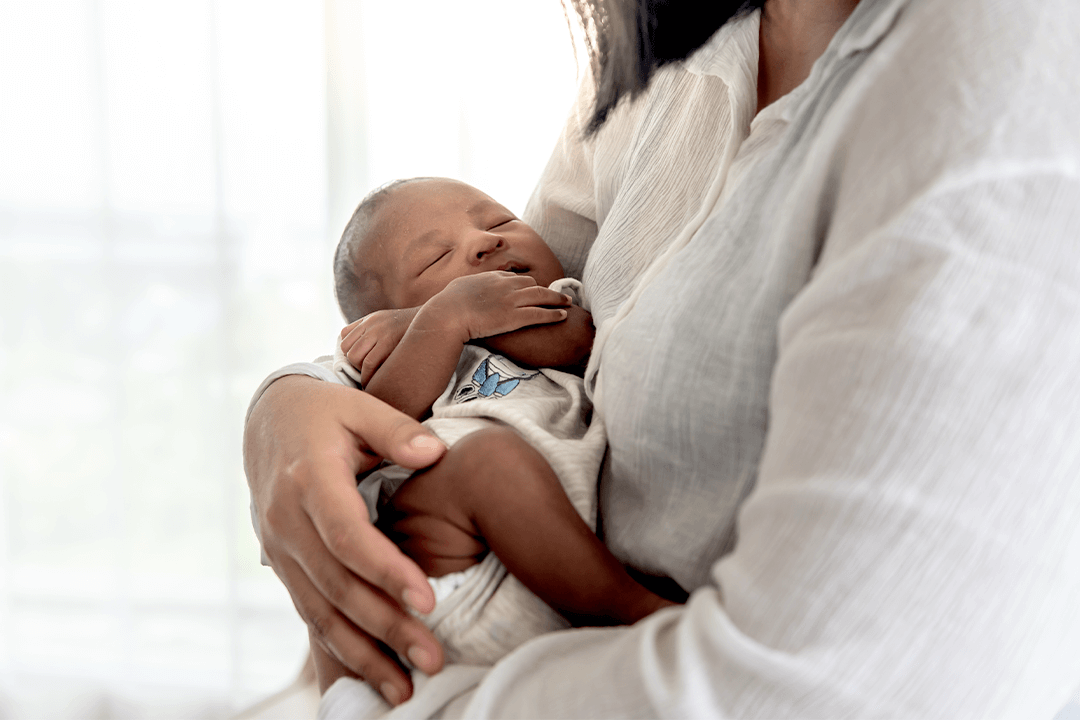
Pregnant moms may experience certain hormonal and biological shifts after birth, some temporary and others permanent, but that isn’t to say that other kinds of caregivers don’t go through similarly important changes: fathers, grandparents, and adoptive parents all develop powerful attachments.
While many are experiential, others even alter your hormonal responses toward your baby, particularly when it comes to the transformative power of touch. For instance, regularly holding your baby has been shown to cause a release of oxytocin in men as well as women, creating a connection even if you didn’t carry the baby yourself.
Here are some of the other ways that you create attachments with your baby after birth:
Newborn baby smell
As any parent can tell you, there’s nothing quite like that newborn baby smell! But it isn’t just a nice aroma – studies have shown that it gives people, particularly women, a rush of dopamine when they smell it and that it can even be addictive in a similar way to certain foods!
Of course, this contributes to building positive feelings between you and your baby – and luckily for them, makes sure that you want to snuggle them all day long!
Heartbeat sync-up
We know that you love your baby with all your heart – but did you know that you can actually synchronize your heart to theirs? Recent research has shown that eye contact between mothers and babies, or even just facing your baby, can cause their heartbeat to match yours, calming them down if they’re feeling stressed.
This can also be achieved through cuddles and skin-to-skin contact, so if your baby is feeling fussy, know that your love is likely the key to calming them!
Breastfeeding/feeding
Breastfeeding isn’t just vital for your baby’s heath – it can also be the biggest factor in strengthening your bond. Because breastfeeding involves prolonged skin to skin contact, it results in a release of oxytocin in both you and your baby that encourages positive feelings and attachment.
But don’t feel left out if you aren’t breastfeeding; bottle feeding your baby while ensuring they’re snuggled up against your skin can produce a very similar effect!
Cuddling
Cuddling your baby is without a doubt one of the most important ways to bond with them – even if you aren’t filling the role of mom. Here’s what the parenting advice website DadPad has to say about cuddling your baby as a papa:
One of the best things that you can do, right from Day One of your child’s life, is to have what are called skin-to-skin cuddles with your baby.
This is usually something that you’ll get to witness immediately after birth, between mum and baby, as it’s a recognized way of getting baby and mum calm, helping baby regulate its heartbeat, breathing and temperature and, importantly, helping to get breastfeeding established. However, it’s increasingly recognized that skin-to-skin is just as vital between dad and baby, too.
To do this, get yourself comfy in a chair in a warmish room, strip baby down to his nappy and then cuddle him up against your chest, either under your shirt/jumper or with a light blanket tucked around you both.
Baby will get to feel your warmth, hear your heartbeat and smell your skin – all of which should help him feel calm and relaxed, and hopefully the same will be true for you, too.
Surround yourself with people and products that support your growing intuition
Even with your amazing intuition and magic touch, no one has it all figured out all the time. Enlist friends, family members, and pediatricians that boost your efforts.
Similarly, choose products that support your parental intuition, like the Zen Neo™, specifically designed to mimic your embrace and naturally soothe your baby through startles from their natural reflexes.
Just because these instincts are called ‘maternal’ doesn’t mean they’re just restricted to who carried the baby – there might be a biological factor, but it’s truly caring for our little ones that brings out the motherly love in all of us, no matter who we are.
Commonly asked questions about maternal ‘instinct’
What triggers maternal instinct?
Maternal instinct triggers at different times for different people – while some people feel an intense connection to their baby as soon as they know they’re expecting, others take more time to develop a bond. Hormones like oxytocin – the ‘love hormone’ – are released during pregnancy and labor, and this can kickstart the maternal bond for many mothers.
Alternatively, if you’ve had a difficult pregnancy, you may find it hard to bond – just give it time, and with plenty of cuddles and skin to skin contact, we’re sure that you’ll get there.
Do fathers have maternal instincts?
To some extent, parenting is biologically instinctive for mothers, but that doesn’t mean that you can’t draw out and develop those instincts over time even if you didn’t carry your baby.
Though most discussions when a baby has arrived revolve around the mother and her growing bond, the attachment between a father and their baby is just as important – and often comes with similar instincts.
You can develop these bonds as a father by ensuring you have regular skin-to-skin cuddles with your baby, by speaking to them from their time in the womb and beyond, and just by being a familiar face.
Do I have maternal instincts?
Lots of mothers feel insecure about whether their maternal instincts will kick in, especially if they’ve been through a difficult pregnancy or postpartum depression.
If your baby has arrived and you’re still struggling to feel a bond, don’t panic – try talking to a therapist about how you’re feeling and rest assured that it will come in time. You’ve got this!
You may also like
7 newborn reflexes and how they help protect your baby
What different baby cries mean
Baby registry list – here’s why yours should include a Nested Bean swaddle
April 25, 2023
Athena S.



